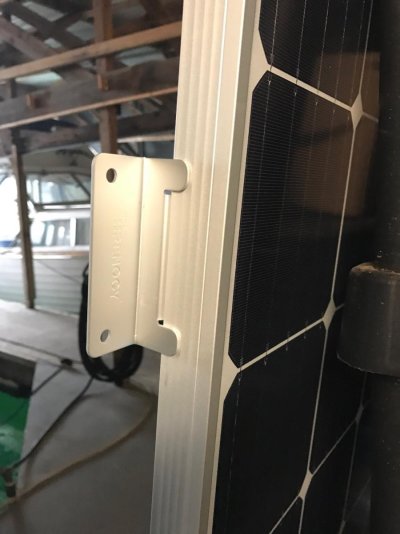cardude01
Guru
- Joined
- Nov 26, 2012
- Messages
- 5,290
- Location
- USA
- Vessel Name
- Bijou
- Vessel Make
- 2008 Island Packet PY/SP
Did a quick search but didn't really find anything...
When I say "small solar" I'm talking about both space and output. I have an empty 4'x3' (or so) space on top of the pilothouse and would like to mount a simple solar panel setup. Basically just something to keep the batteries topped up so I don't have to worry about shorepower going out at the dock, and if on the hook maybe enough power keep up with one (or two?) of my fridges/freezers that are each powered by a keel cooled Danfoss compressor that allegedly uses about 6 amps to run, and runs about 50% of the time.
I'm an electrical idiot so I have no idea if this is possible.
Is there a "kit" that comes packaged with a controller, wires, etc or do I have to buy things piecemeal?
When I say "small solar" I'm talking about both space and output. I have an empty 4'x3' (or so) space on top of the pilothouse and would like to mount a simple solar panel setup. Basically just something to keep the batteries topped up so I don't have to worry about shorepower going out at the dock, and if on the hook maybe enough power keep up with one (or two?) of my fridges/freezers that are each powered by a keel cooled Danfoss compressor that allegedly uses about 6 amps to run, and runs about 50% of the time.
I'm an electrical idiot so I have no idea if this is possible.
Is there a "kit" that comes packaged with a controller, wires, etc or do I have to buy things piecemeal?
Last edited:



